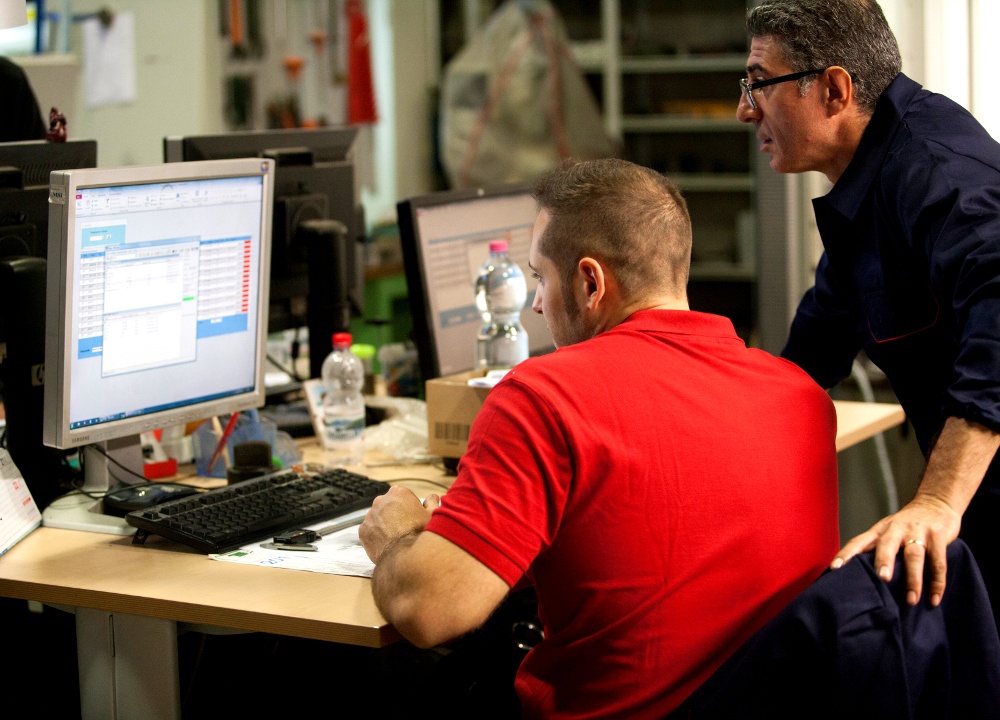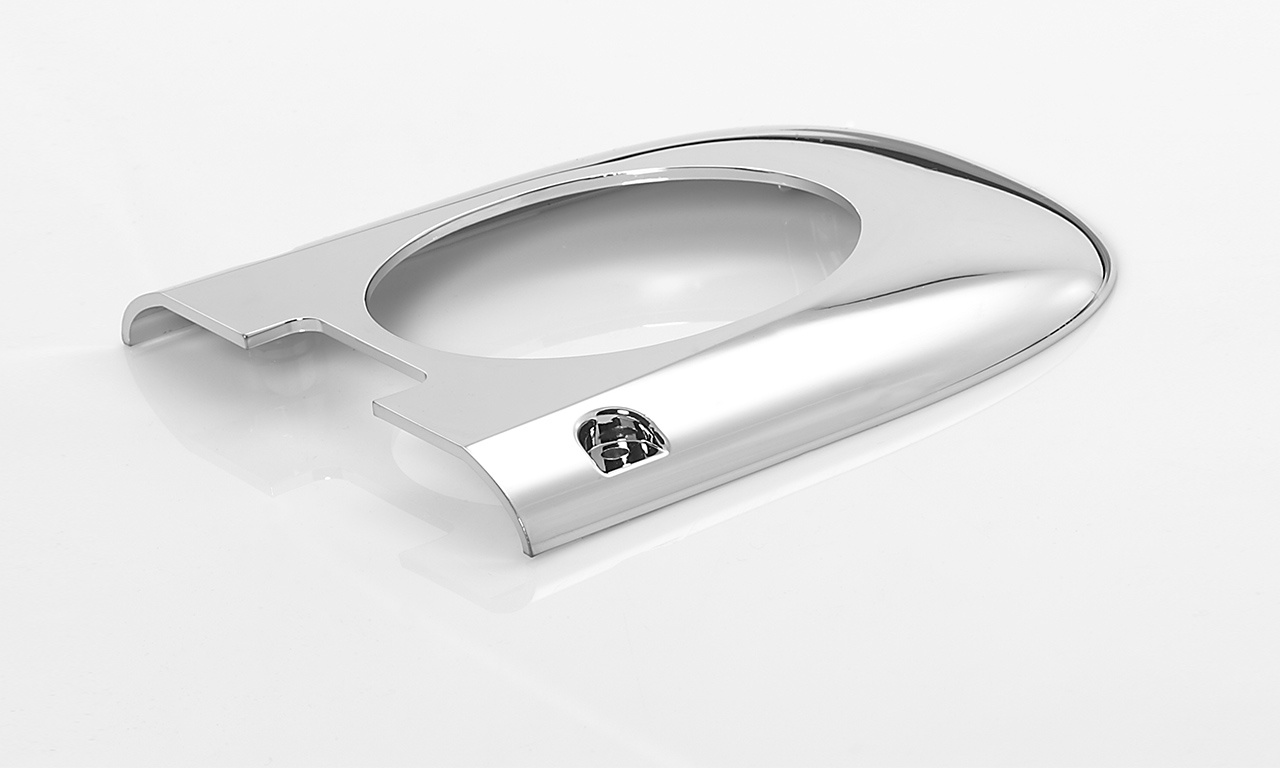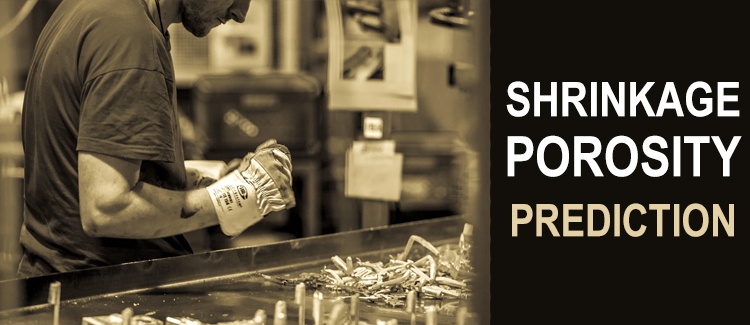All the posts for scrap-reduction
Posts by Topic
- Die Casting simulation (35)
- Co-design (26)
- Cost reduction (23)
- die casting finishing (18)
- Defects reduction (16)
- high pressure die casting (16)
- die casting process (15)
- VAVE (13)
- die casting (12)
- Zinc (11)
- Zinc benefits (10)
- casting process (10)
- die casting engineering (10)
- optimization (10)
- Innovation (9)
- automotive (8)
- casting (8)
- ZAMAK (7)
- product design (6)
- quality (6)
- Mould Design (5)
- Scrap reduction (5)
- automation (5)
- saving (5)
- Mold (4)
- benefits (4)
- die casting machines (4)
- hot chamber die casting (4)
- industry (4)
- supply chain (4)
- zinc alloys (4)
- Commodity (3)
- coffee market (3)
- mold maintenance (3)
- process improvement (3)
- small appliances (3)
- technology (3)
- thin wall thickness (3)
- Shrinkage porosity (2)
- costs saving (2)
- customer service (2)
- cycle time (2)
- electronic products (2)
- improvement (2)
- metrology (2)
- mold design (2)
- process analysis (2)
- production (2)
- production process (2)
- recycling (2)
- sustainability (2)
- white goods (2)
- zinc life cycle (2)
- DFM (1)
- Electromechanical systems (1)
- HPDC (1)
- Lighting components (1)
- Press (1)
- SME (1)
- Textile (1)
- Textile Machineries (1)
- Zinc alloy actuators (1)
- actuators (1)
- chrome plating (1)
- environment (1)
- industrial machinery (1)
- industrialization (1)
- lead time (1)
- machines (1)
- painting (1)
- quality control (1)
- surface treatment (1)
- tier 2 automotive supplier (1)
- vacuum valve (1)
- zinc alloys for doors and windows (1)
Process improvement, in the zinc die casting industry as well as in many other manufacturing sectors, consists of a series of actions undertaken to enhance production times, to reduce costs and, consequently, to obtain results that satisfy client’s requests in terms of timing and performance.
In this post we are going to explore a case study dedicated to the improvement of mechanical characteristics, by reducing shrinkage porosity in a component for building sector. This post is part of a series in which we explain the importance of simulation for HPDC (High Pressure Die Casting) through the presentation of real life cases.
Having a metrology room inside of die casting plant, focused on the dimensional control of the components, assures the requested dimensional quality of production in order to reach customer's needs in terms of lead time and minimize risks.
To predict shrinkage porosity and other defects, simulation is increasingly used nowadays, as these software require less development cost and time than experiments. Only some specific simulation programs, however, take into consideration the effect of back pressure in the cavity in die-casting. In this article we are going to discuss: what is shrinkage porosity, causes of the defect and how to avoid it with simulation.
Reducing scrap could be your next way to cut costs in die casting process. Saving allows you to invest in research and development, maybe right to find new ways to reduce scraps: in a sort of golden circle which allow your company to be more performing. In this case using the right methodology and the right tools the solution could be suitable for your company.





